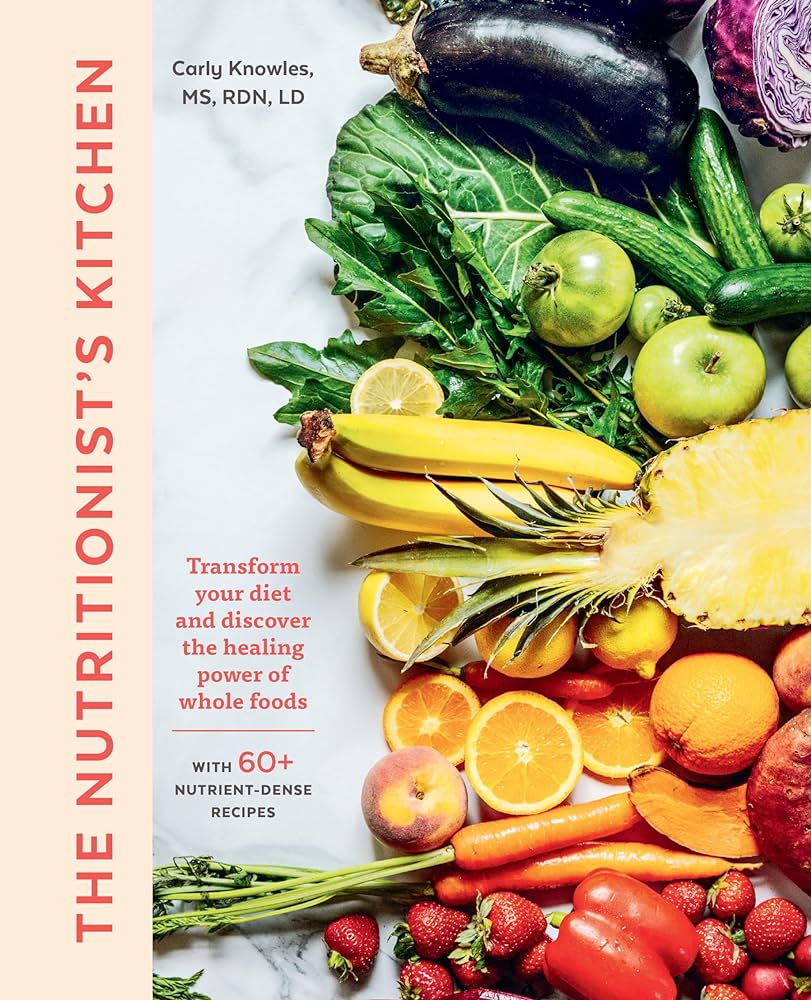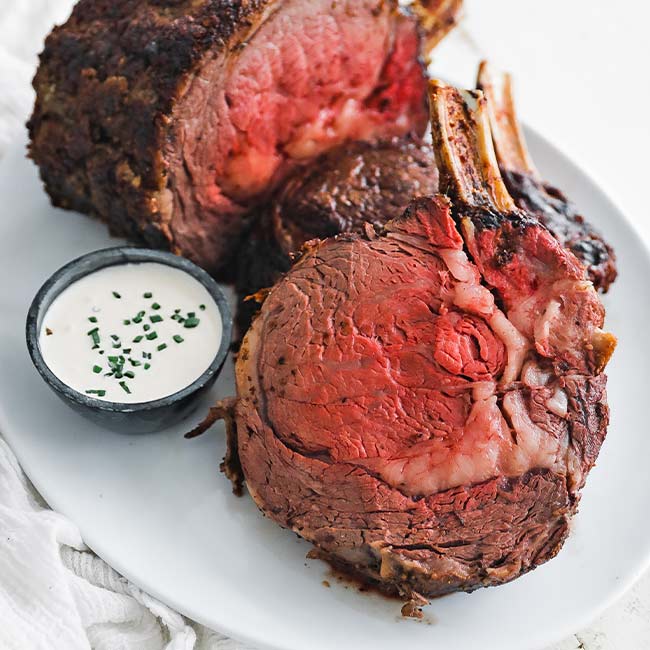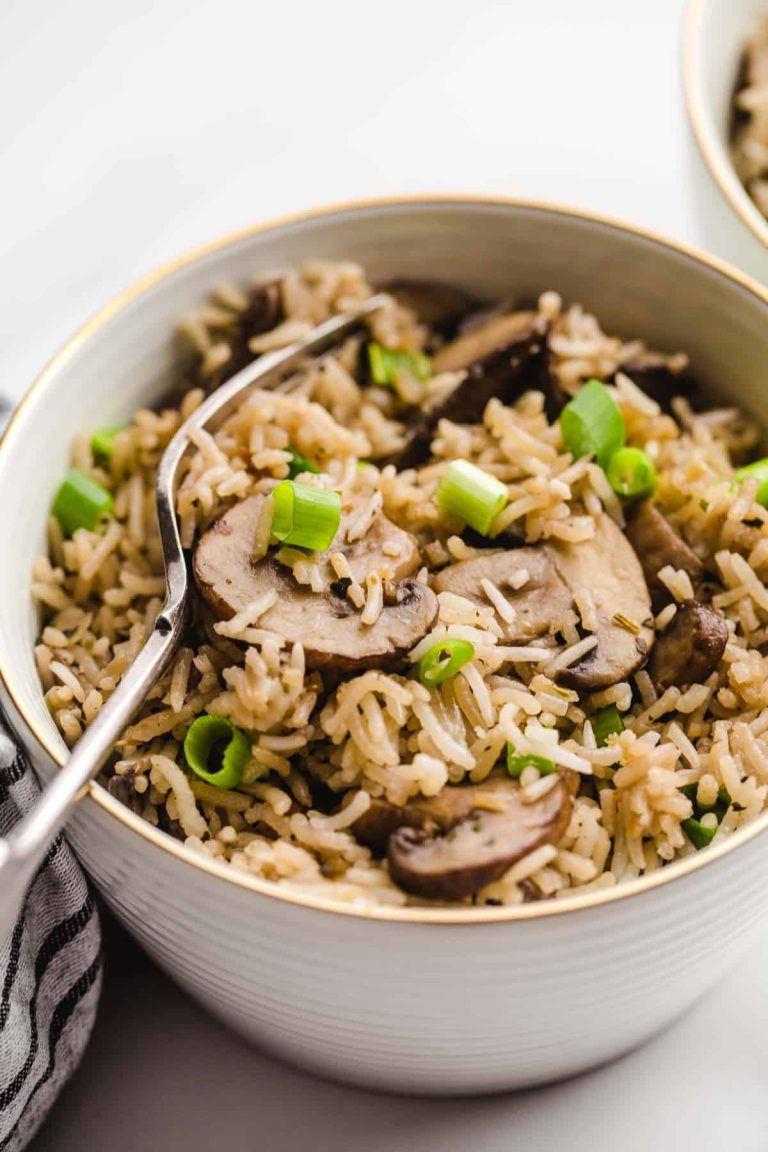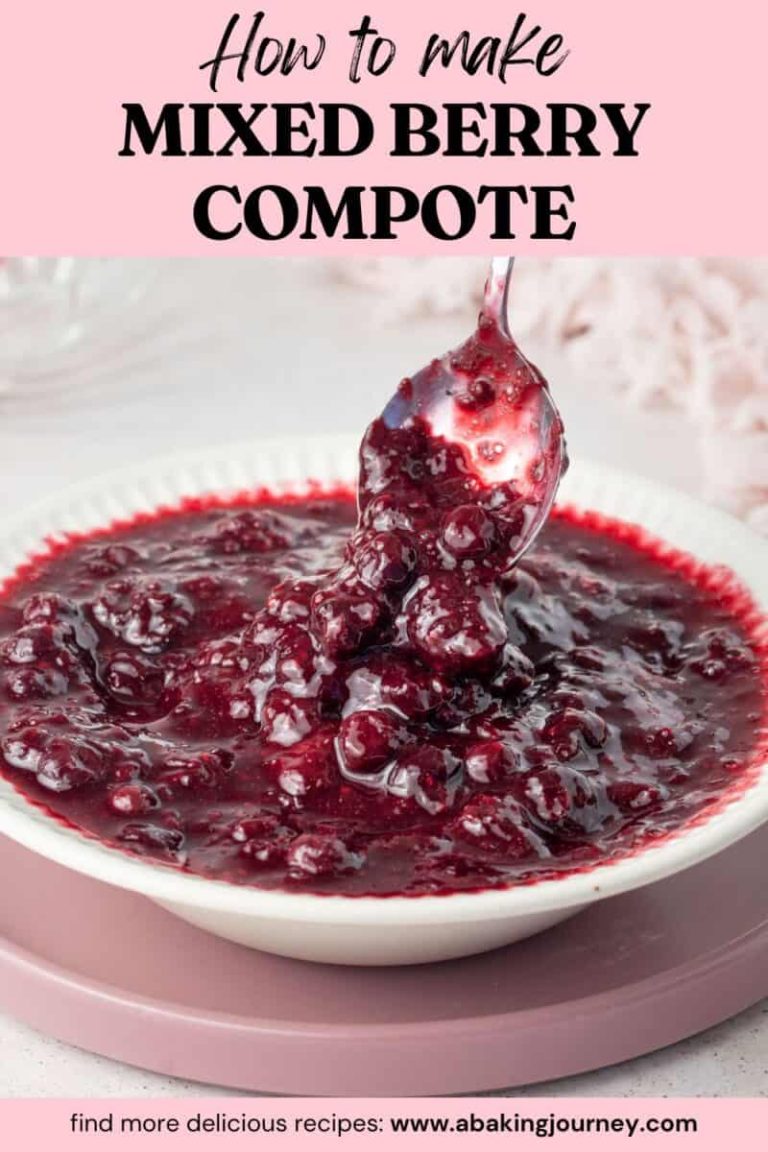Rhubarb Compote: Discover the Origins, Variations, and Health Benefits
Rhubarb compote has a rich history, going back to ancient China around 2700 BCE where rhubarb roots were initially used for medicinal purposes. The plant eventually spread to Europe via the Silk Road, finding its way to culinary uses by the 18th century. You’d see rhubarb in desserts and preserves, cherished for its tartness that balances sweet dishes.
Regional Variations
Different regions have put their spin on rhubarb compote. In Europe, particularly in the United Kingdom and Germany, it often includes strawberries or apples to create a harmonious blend of flavors. Meanwhile, Scandinavian countries might incorporate cardamom or vanilla for a unique twist. In North America, you may find it paired with ginger or citrus fruits, enhancing the compote’s complexity. These variations show how rhubarb compote transcends boundaries, adapting to local tastes.
Key Ingredients for the Perfect Rhubarb Compote
Choosing the Right Rhubarb
Selecting the right rhubarb is essential for a perfect compote. Use fresh, firm stalks with vibrant red color for the best results. Avoid stalks that are limp or blemished, as these can affect the texture and flavor. If forced rhubarb from early spring is available, use it for a milder, sweeter taste. Ensure you discard the leaves, as they are toxic and not suitable for consumption.
Sweeteners and Flavor Enhancers
Sweeteners balance rhubarb’s tartness, making your compote flavorful. Use granulated sugar, honey, or maple syrup to adjust the sweetness level. The quantity depends on your taste and the rhubarb variety used. Complementary flavor enhancers like vanilla extract, cinnamon, ginger, or citrus zest elevate the compote. A splash of orange juice or a few cardamom pods can add complexity, enhancing the overall flavor profile. For a unique twist, incorporate strawberries or apples, depending on regional preferences and availability.
Step-by-Step Recipe for Rhubarb Compote
Preparation Techniques
Start by gathering fresh, firm rhubarb stalks. Each stalk should be vibrant red to ensure optimal flavor. Cut off the leaves, as they contain oxalic acid and are toxic. Rinse the stalks under cold water to remove dirt. Chop the stalks into 1-inch pieces.
Measure sweeteners like sugar, honey, or maple syrup to balance rhubarb’s tartness. You’ll need about 3/4 cup of sugar for every four cups of chopped rhubarb. Prepare additional flavor enhancers, such as a teaspoon of vanilla extract, a cinnamon stick, 1-inch piece of ginger, or the zest of one orange or lemon.
Cooking and Cooling
Place the chopped rhubarb pieces in a medium-sized saucepan. Add your measured sweetener and any flavor enhancers. Stir to combine the ingredients well. Turn on the stove to medium heat and cover the saucepan with a lid.
Let the mixture simmer for 15-20 minutes, stirring occasionally. The rhubarb should become tender and start to break down, forming a thick, chunky sauce. Keep an eye on it; if it thickens too much, add a few tablespoons of water to reach your desired consistency.
Once the compote reaches the desired consistency, turn off the heat. Remove any solid flavor enhancers like cinnamon sticks or ginger pieces. Allow the compote to cool in the saucepan for at least 30 minutes before transferring it to a storage container. Refrigerate for a few hours to help set the flavors, or serve immediately if you prefer a warmer compote.
Serving Suggestions for Rhubarb Compote
Desserts and Pairings
Enjoy rhubarb compote as a topping for various desserts. Pour it over vanilla ice cream, cheesecake, or panna cotta for a tart and sweet contrast. Complement baked goods by spreading it on slices of pound cake, sponge cake, or angel food cake. Pair rhubarb compote with a cheese platter, particularly with creamy brie or tangy goat cheese, to balance flavors.
Creative Uses in Breakfasts and Snacks
Incorporate rhubarb compote into breakfast dishes for added flavor. Spoon it over oatmeal, yogurt, or cottage cheese to enhance your meal with a fruity twist. Spread it on toast or English muffins for a quick, delicious snack. Mix rhubarb compote into smoothies, add it to parfaits, or serve it alongside pancakes and waffles for a refreshing morning treat.
Health Benefits and Nutritional Value of Rhubarb Compote
Rhubarb compote offers several health benefits due to its nutrient-rich profile.
Dietary Benefits of Rhubarb
Rhubarb is low in calories and high in fiber, making it beneficial for digestive health. Fiber promotes regular bowel movements and can help reduce cholesterol levels. Rhubarb is also rich in antioxidants like anthocyanins, which support overall health by reducing oxidative stress. These antioxidants are particularly noted for their potential to support heart health by improving blood vessel function and reducing inflammation. Additionally, rhubarb contains vitamin K, essential for bone health, and small amounts of other vitamins and minerals.
Caloric and Nutritional Content
Rhubarb compote carries a modest caloric load, about 116 calories per one-cup serving. In this serving size, you’ll find approximately 2 grams of fiber, contributing to digestive health benefits. It also contains notable vitamins like vitamin K (26% of the recommended daily intake) and vitamin C (6% of the daily intake). Minerals such as manganese, calcium, and potassium are present in smaller amounts but contribute to overall nutritional value. The compote’s antioxidants, including catechins and proanthocyanidins, further enhance its health benefits.
Conclusion
Rhubarb compote isn’t just a delicious addition to your meals; it’s a nutritious choice that supports your overall well-being. Whether you’re enjoying it as a dessert topping or incorporating it into your breakfast routine, you’re making a healthy decision. With its rich history and versatile uses, rhubarb compote offers both culinary delight and health benefits. So go ahead and savor this timeless treat, knowing you’re indulging in something that’s good for you.





